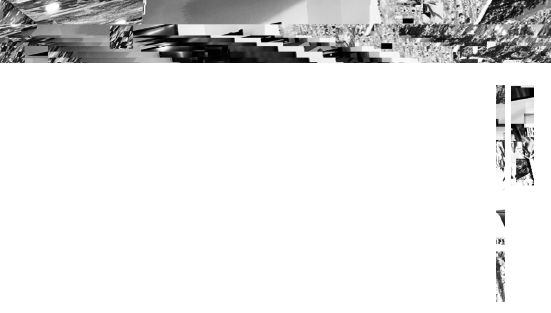
Deliberate Disorientation
Mazes as Masterpieces of Experiential Design
Mazes have always embodied the delicate balance between guidance and disorientation—a testament to the power of spatial design. While the hedge mazes rose to prominence in the 16th century as entertainment for European royalty, their history begins in far quieter, more introspective origins.
Lost | Found
Zine: Volume 1
Fall 2024
Serene origins
Thousands of years ago, labyrinths were designed as spaces of peace and reflection, not confusion. With low walls and a single, unbroken path, they offered a meditative journey, guiding individuals toward calm and clarity. These early designs served as symbolic wayfinding, aligning physical paths with internal exploration—a precursor to the purposeful navigation systems seen today.


Renaissance Maze Mastery
By the Renaissance, labyrinths had transformed into mazes, becoming symbols of sophistication and power. Aristocrats commissioned elaborate designs, not just as puzzles, but as living works of art that demonstrated their wealth and ingenuity. These mazes were the experiential graphics of their time—spaces that communicated identity and invoked a sense of awe through their complexity.

Designing discovery
Today, the maze stands as both an inspiration and a challenge for those who design intuitively navigable environments. It underscores the importance of wayfinding intentionality, while also celebrating the excitement that comes from discovery. Done right, even a moment of disorientation can be part of an unforgettable experience.

This article was inspired by our Fall 2024 Lost | Found zine.
Our zines are more than printed pages—they’re a portal into bold ideas and stories that spark inspiration. Each edition is carefully curated to surprise and delight. Watch for more zine content here on our blog.
Get on the list.
Complete the form below to get on the mailing list for our next zine.

